What You Need to Know About Mechanical, Electrical, and Plumbing Systems in Your Older Home
Topic:
Remodel Old Home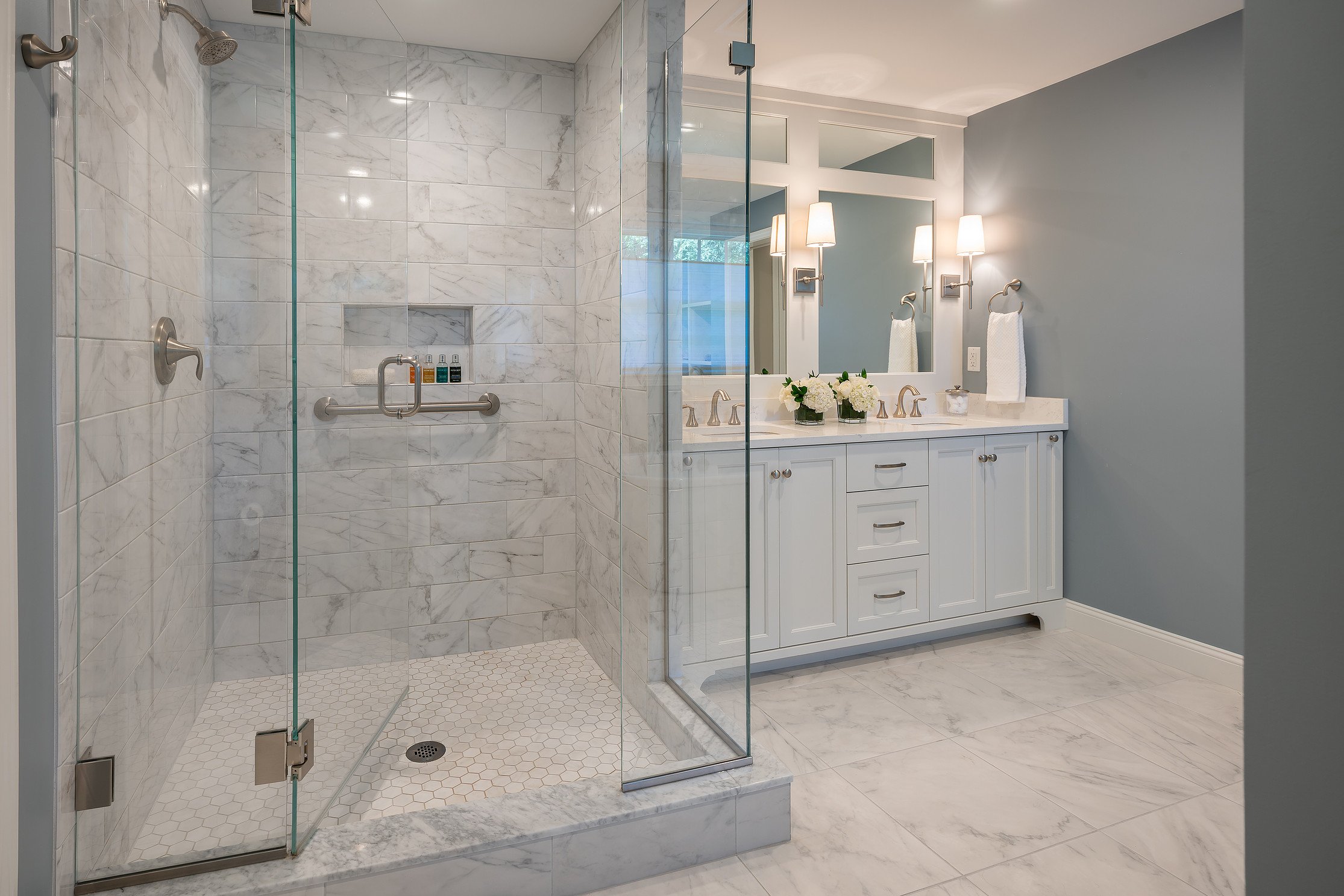
A new layout, cabinets, paint, trim work, lighting, and plumbing fixtures are what most homeowners are excited about when considering a renovation. But behind the walls, the ceiling, and below the floors in your older home are mechanical, electrical, and plumbing systems (MEP) and components which may be as old as the home. This reality brings challenges and opportunities.
When diving into a renovation project, make sure the MEPs are up to code, and in doing so, you will likely create a much more comfortable, safe, and energy efficient home in the process. With building codes always changing, select a renovation partner who understands current regulations where you live and offers the skills and deep bench of professionals to get your MEPs done right.
Some MEP Challenges Found in Older Homes
When you think about mechanical, electrical, or plumbing in your home it is usually when something is going wrong. There is a leak somewhere, or you got the latest eye-popping bill from Eversource or National Grid. You have the temperature comfortable on the first floor, but you are too cold in the winter and too hot in the summer on the second floor. The challenges you experience in the systems around your home come down to issues of comfort, safety, or energy efficiency.
Comfort
Fun fact: When your home was built 60 or more years ago, the first heating system installed after a fireplace or a stove most likely was a hydronic system using water to heat the home through radiators or baseboard. If you have ever banged on a radiator wondering if it was working, that was a hydronic system.
The main floor of the home is where the thermostat was typically located, and that floor could, in the winter time, maintain a certain level of comfort. But floors above or below, well away from the one thermostat and one, two or more floors away from the heater itself could get pretty uncomfortable. Today we know that these different levels of the home need very different amounts of heating or cooling and will heat up or cool down at very different rates.
Even with a forced air system in place, in older homes you would likely have just one HVAC system and thermostat, making the temperature vary depending on how far a room is from the thermostat.
Safety
One of the benefits of newer construction methods is also a challenge. As we, for the sake of efficiency and reducing energy usage, create tighter and better insulated buildings, extra care and attention should be paid to ensuring good air quality in the home. Treating the air for humidity issues, VOCs (Volatile Organic Compounds), CO2 and airborne particulates is critical for a healthy and comfortable indoor environment.
Electrical wiring can also be a major safety concern in older homes. Almost every week we encounter a home with old knob and tube wiring. These old electrical distribution systems are out of code for very good reason. When knob and tube wiring is found in one room, you may need to upgrade the home.
Let’s say a previous owner’s uncle or neighbor worked on a knob and tube line coming up from the basement. They create a junction box, and as a result, you may have too much of the home’s electrical load running off of that split. Knob and tube wiring can be a fire hazard, and can damage home electronics.
Energy Efficiency
Older homes are notoriously energy inefficient, with MEPs playing a major role in that inefficiency. You love the character of your home but are also looking to save money and use less energy (fossil fuels or electricity). And the always-changing building codes in your town are there to enforce more and more energy efficiency too.
Your HVAC system may be underpowered and working too hard to heat or cool all the space you are asking it to manage, or conversely, oversized and using unnecessary amounts of energy in a very inefficient way.
Until fairly recently, water was wasted running faucets until it got to the right temperature. Water was heated in a large metal container or separate water heater in your basement and maintained at a constant temperature until you were ready to use it. Depending on how far away the faucet was from your heater, it could take several minutes to actually get hot water.
Electrical systems also need upgrading for energy efficiency. Many homes may have underrated electrical service and may be inadequate for the electrical usage in the home. A charging station for a new electric vehicle sounds great, but adding a charging unit can exceed the capacity of the original electrical service.
We could write a book on all of the challenges you might face with old mechanical, electrical, and plumbing systems, but the upside comes with all the opportunities you have to make dramatic improvements to these systems as you renovate.
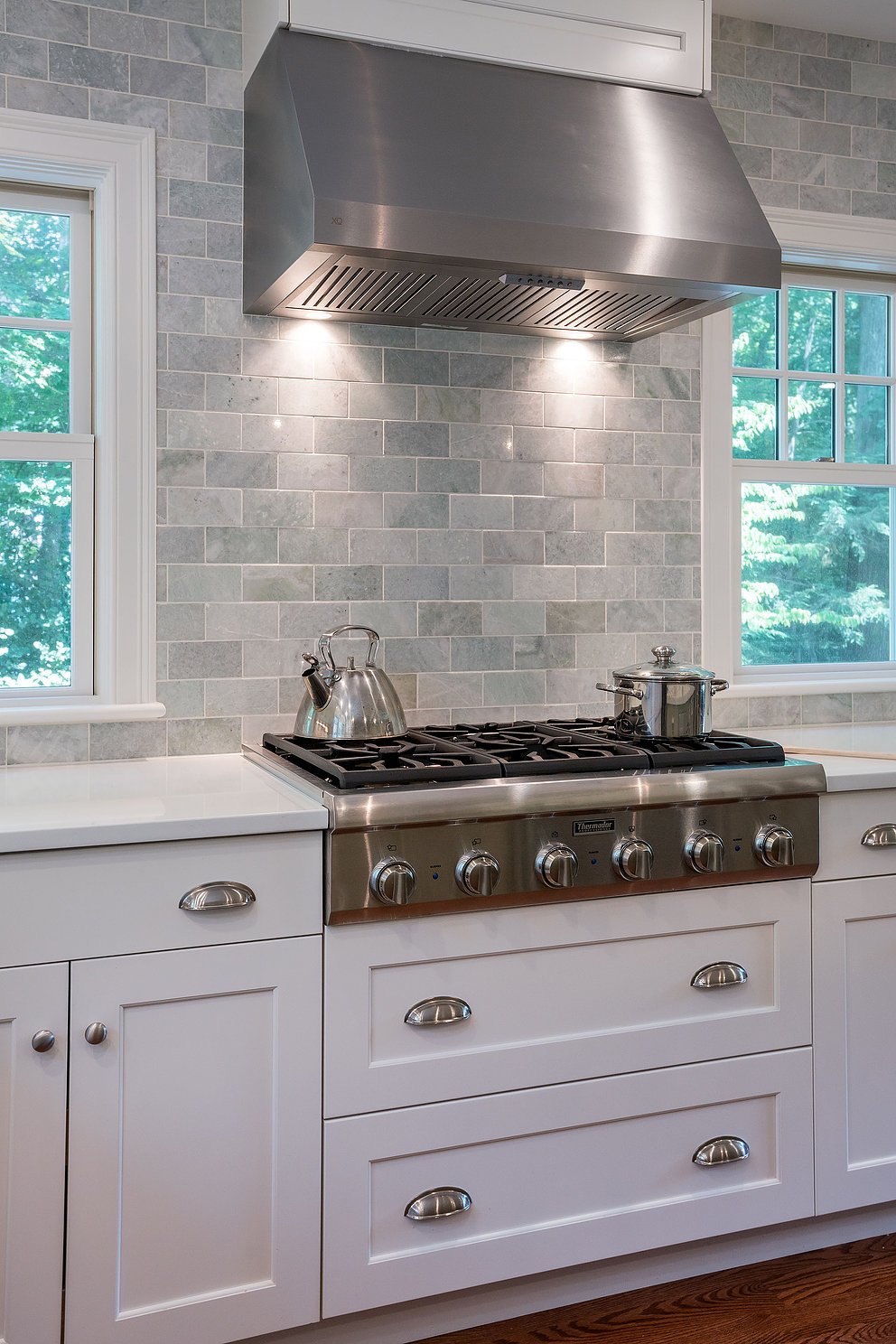
New Technology in MEP Improves Safety, Comfort, and Efficiency in Your Older Home
The very good news is that older homes can be renovated to be more comfortable for you and your family, conform to higher safety standards, and be much more energy efficient than when the home was built. Every home, especially an older home, is unique and has its own quirks of history as owners have made changes or not. The challenge is to understand the technology now available, and choose the right solutions and technology partner to meet your goals.
HVAC
New technology allows you to zone any space into much smaller zones, even single rooms in some cases, which results in a well-balanced system and caters to the comfort of the individuals. In days gone by, HVAC systems were manufactured in increments of 20,000- 40,000 BTUs which resulted in oversized systems and wasted energy.
Today’s equipment is manufactured in increments as small as 3,000 BTUs. A good mechanical design will capitalize on this new technology and size and zone systems for comfort and efficiency.
Optimizing the temperature where you want it in different parts of the home is just half of the equation. Air quality is a growing concern among homeowners.
I was talking with Sam Wallace, Project Manager with Lavallee Systems – a MEP contractor we’ve trusted with our client work. Sam said, “As you tighten up a home, you're not getting that natural ventilation, so you need to add mechanical ventilation.”
 He went on to describe how mechanical ventilation has come such a long way in recent years. For instance, on a cold winter day, a new ventilation system that they install will bring in air from the outdoors, but instead of being, say, zero degrees, it will immediately go to 80 percent of the indoor air temperature as it is drawn in. So fresh air is drawn in, yet the heater isn’t overworked to maintain the indoor temperature you want.
He went on to describe how mechanical ventilation has come such a long way in recent years. For instance, on a cold winter day, a new ventilation system that they install will bring in air from the outdoors, but instead of being, say, zero degrees, it will immediately go to 80 percent of the indoor air temperature as it is drawn in. So fresh air is drawn in, yet the heater isn’t overworked to maintain the indoor temperature you want.
Plumbing
We all know that lead pipes are dangerous, but beyond that, how much new technology can there be when it comes to plumbing? You might be surprised.
One new technology that should be on your radar, as it were, is leak detection. Advances in leak detection mean that if a catastrophic leak occurs, water will stop flowing, so you avoid the expense and headache of large-scale water damage.
Jim Lavallee, president of Lavallee Systems, notes, “So many of our clients find peace of mind when they are away from home knowing that they have the tools to act quickly to avert a water disaster.”
Water filtration and recirculation systems mean cleaner water and hot water at your tap more quickly. Even more efficient are new on-demand instant water heaters. These deliver hot water as you need it, without heating a big tank.
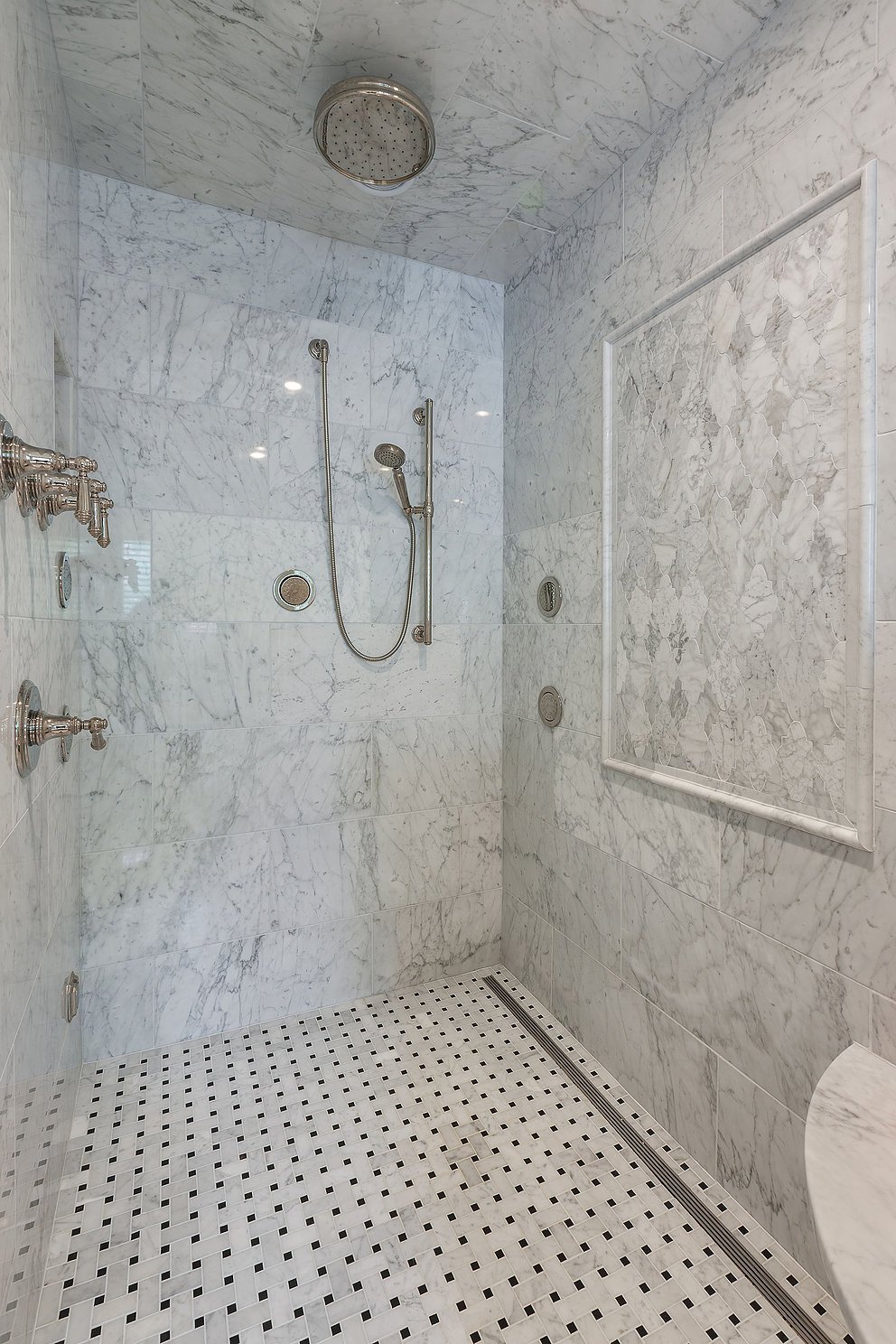
MEP Connectivity
Much of the above advancement is happening because of advancements in technologies like the Internet of Things. Everything from pipes to pumps to electrical systems can be monitored for safety and efficiency. Here are just a few examples.
- Sump pumps now have wireless enabled alarms and let you know when the pump is not working so you can address the issue right away.
- Electrical systems can be monitored down to measuring the power usage of each circuit. Beyond that, if you have solar panels, you can store the energy in battery systems to enable the home to continue to function when grid power fails.
- Home automation means you can manage all of these systems from a control panel or an app on your phone when you are away from home.
Some of these upgrades may even be supported by New England state or local governments in the form of tax rebates. Energy Star and Mass Save are two examples, but you’ll want to research this as your renovation project gets underway.
Next Steps in Improving MEP in Your Older Home Renovation
To learn more about home remodeling and the need to update mechanical, electrical and plumbing systems, especially when it comes to an older home, please read our eBook, “The Top 12 Things to Know Before Remodeling an Old Home.” And if you are ready to speak about renovating your older home, please schedule a home renovation discovery session.

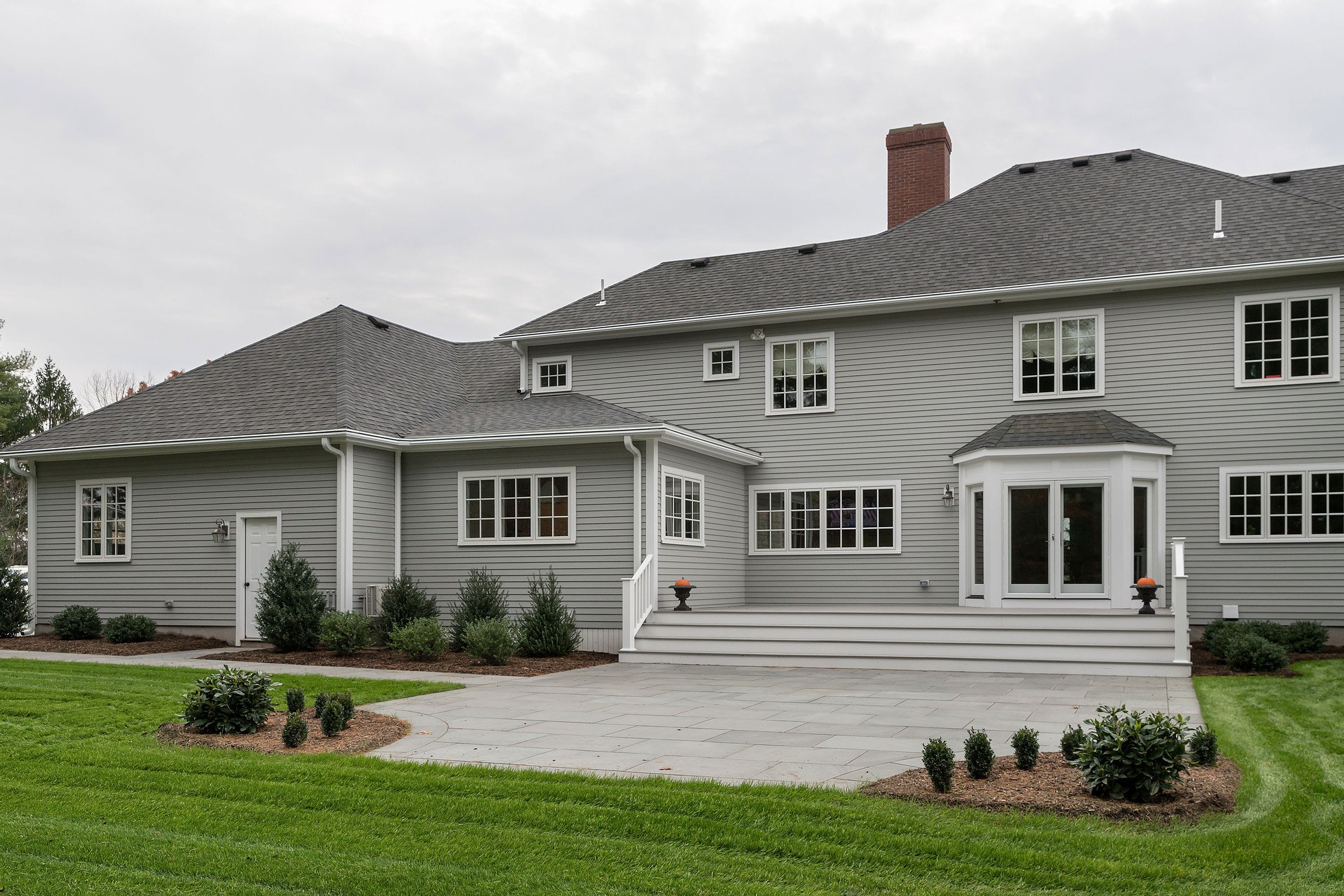
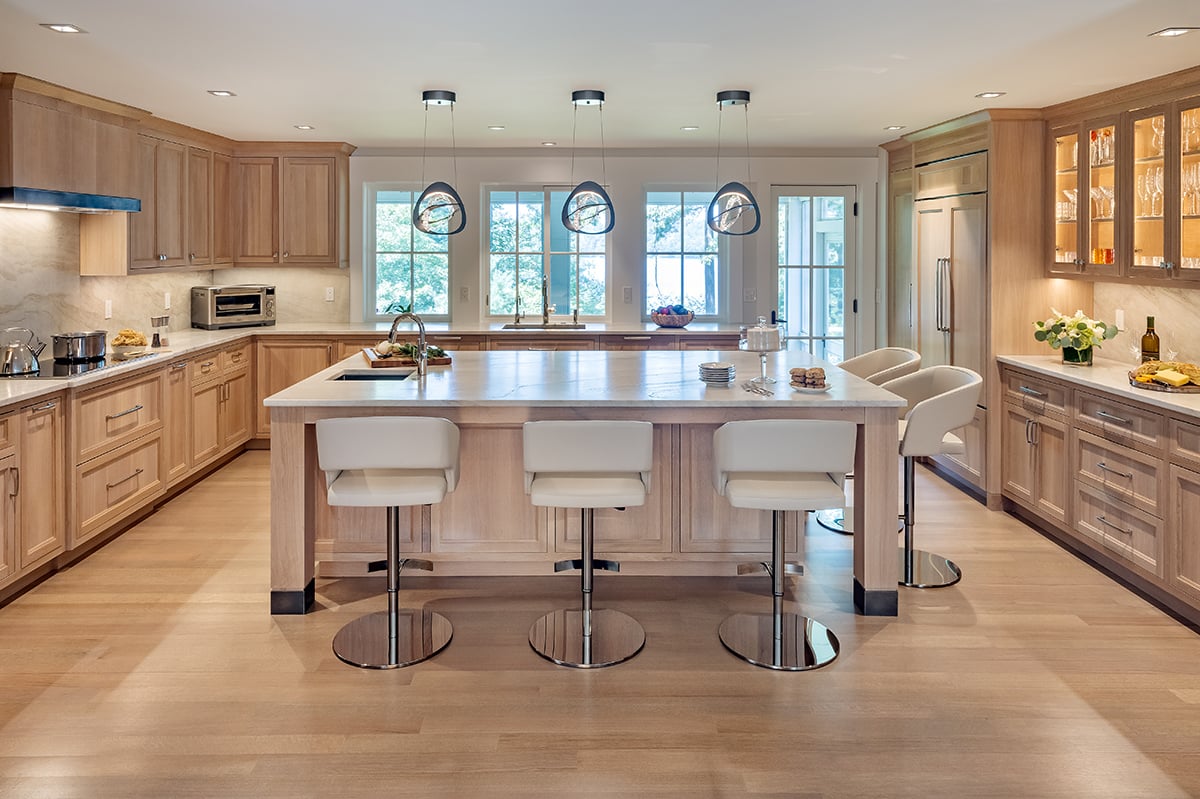
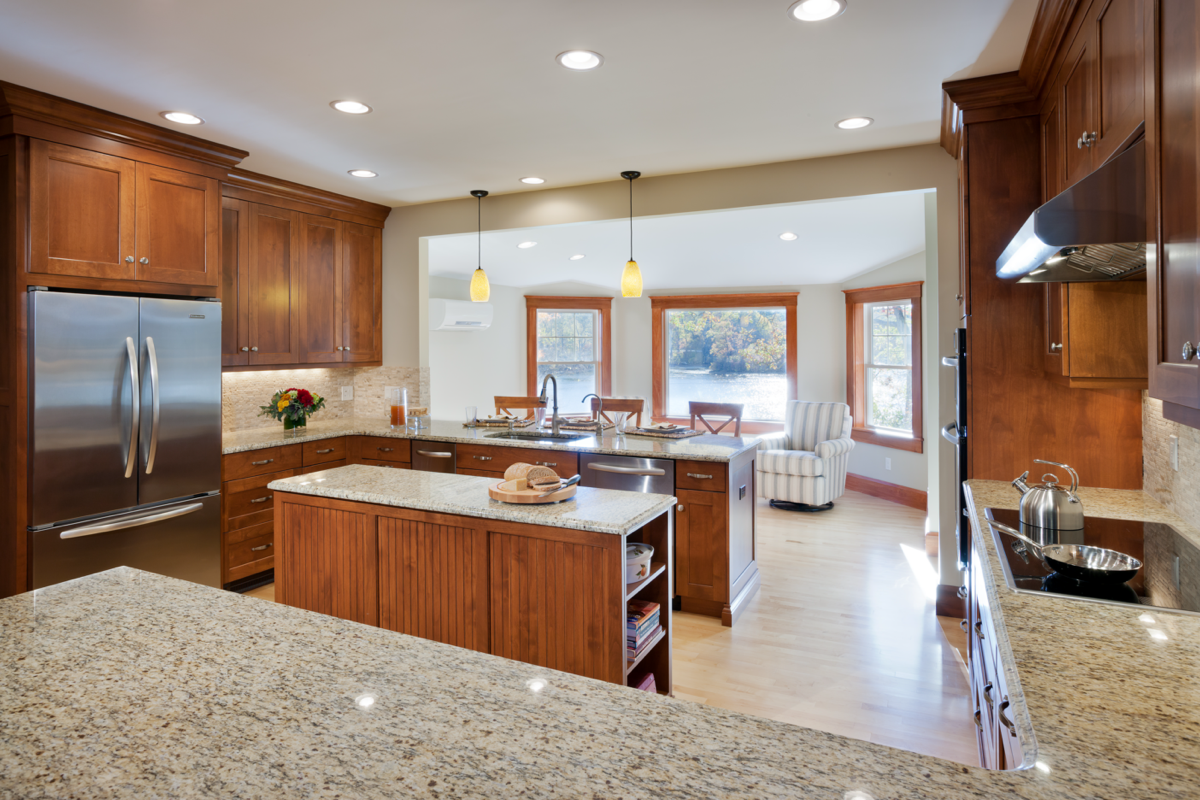
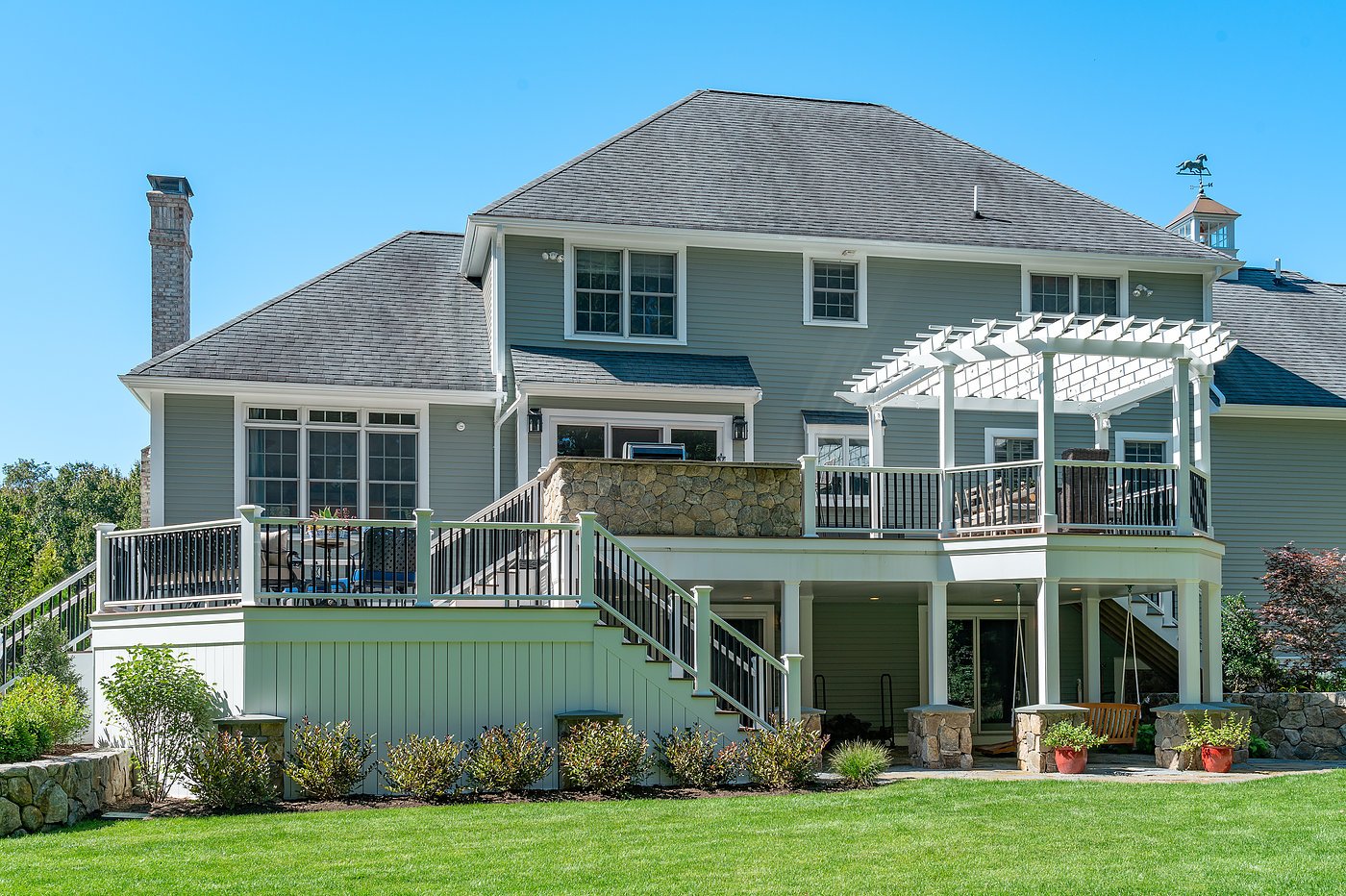
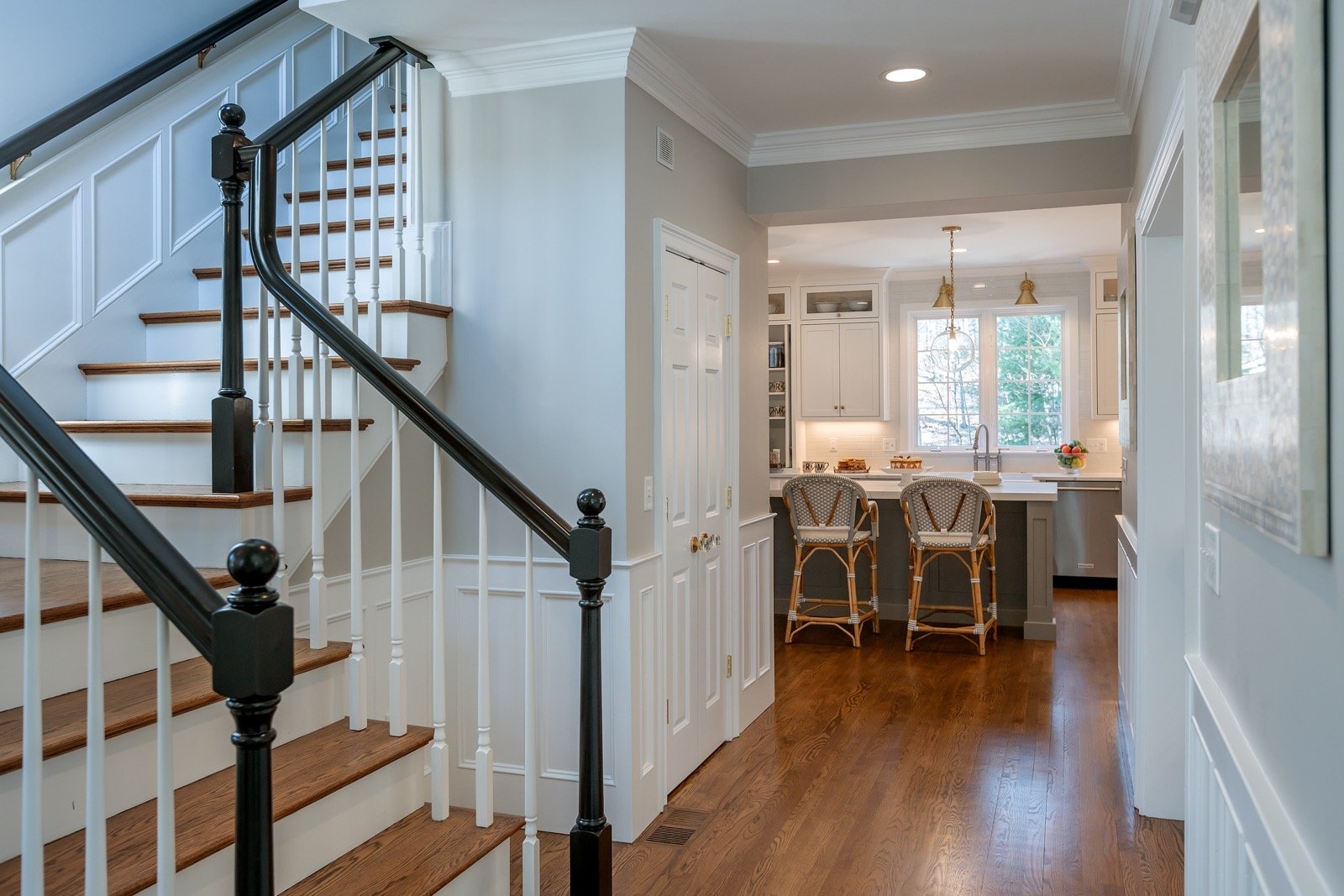
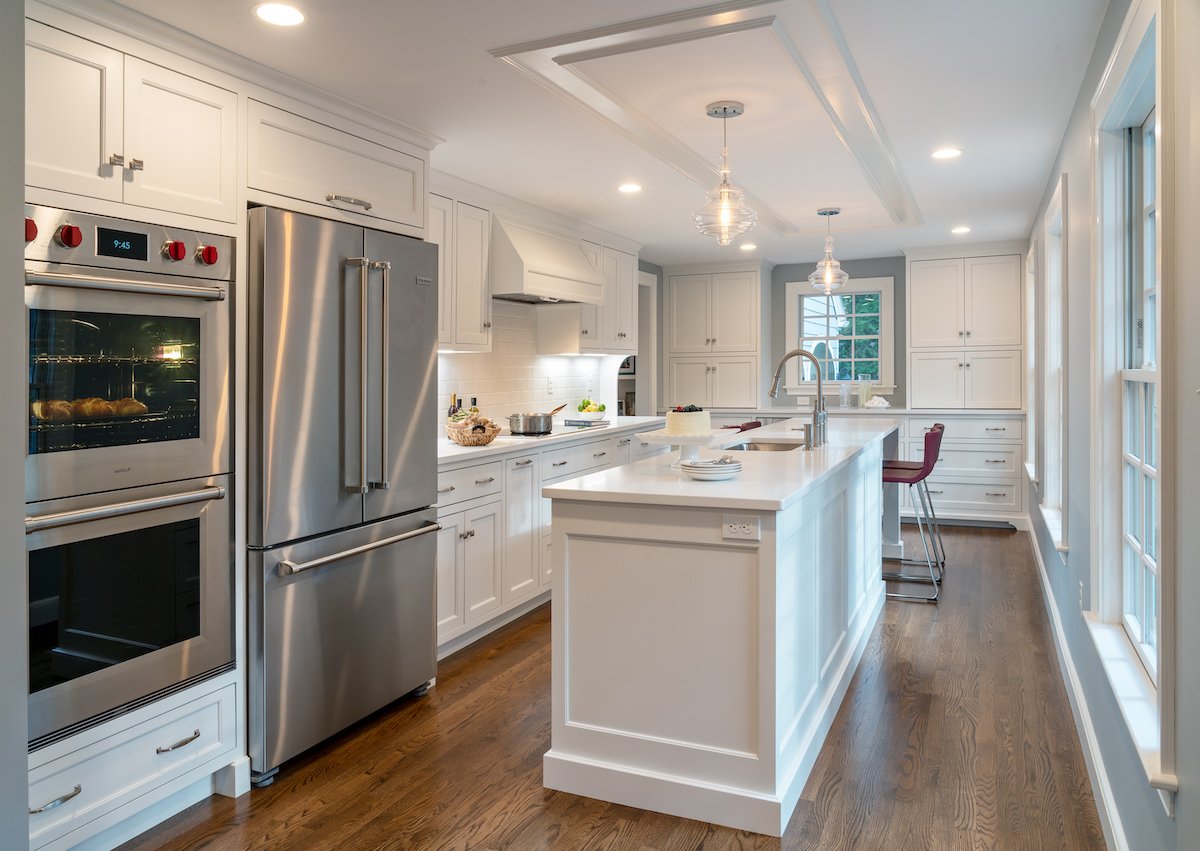
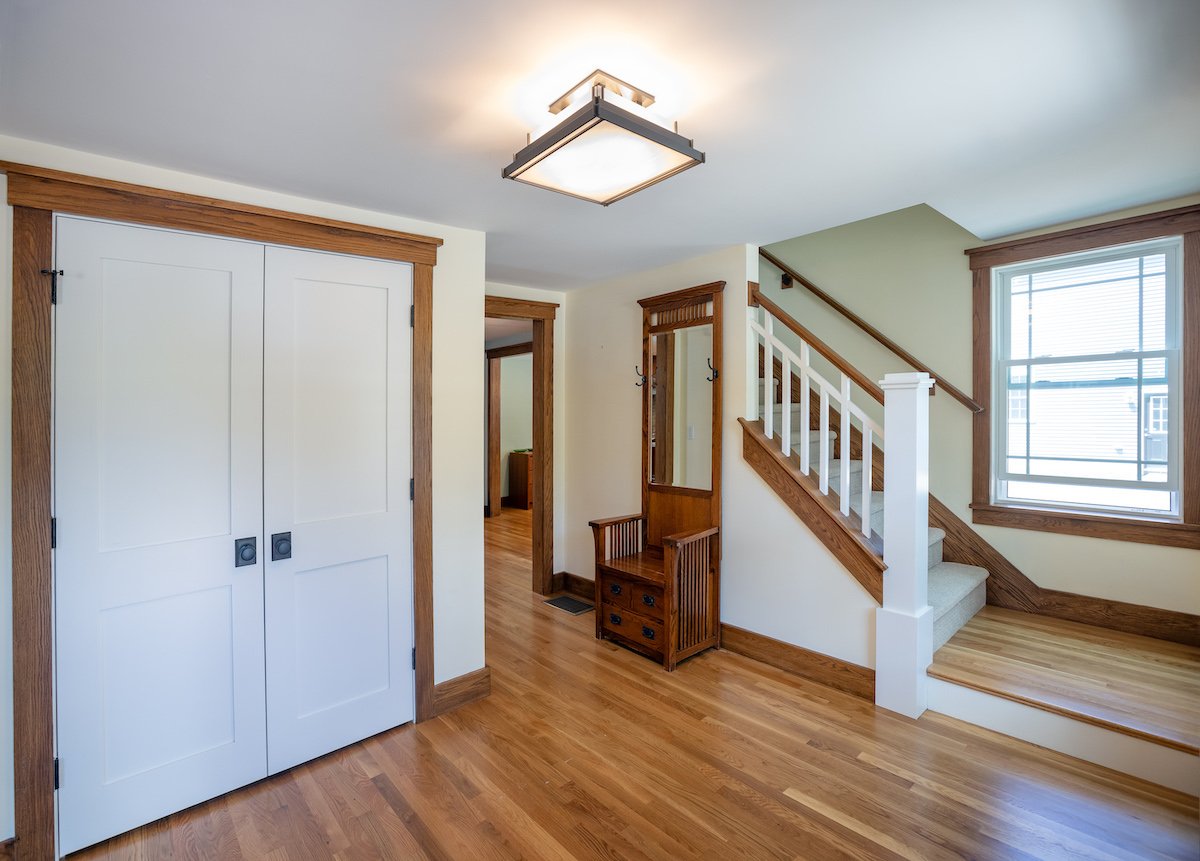
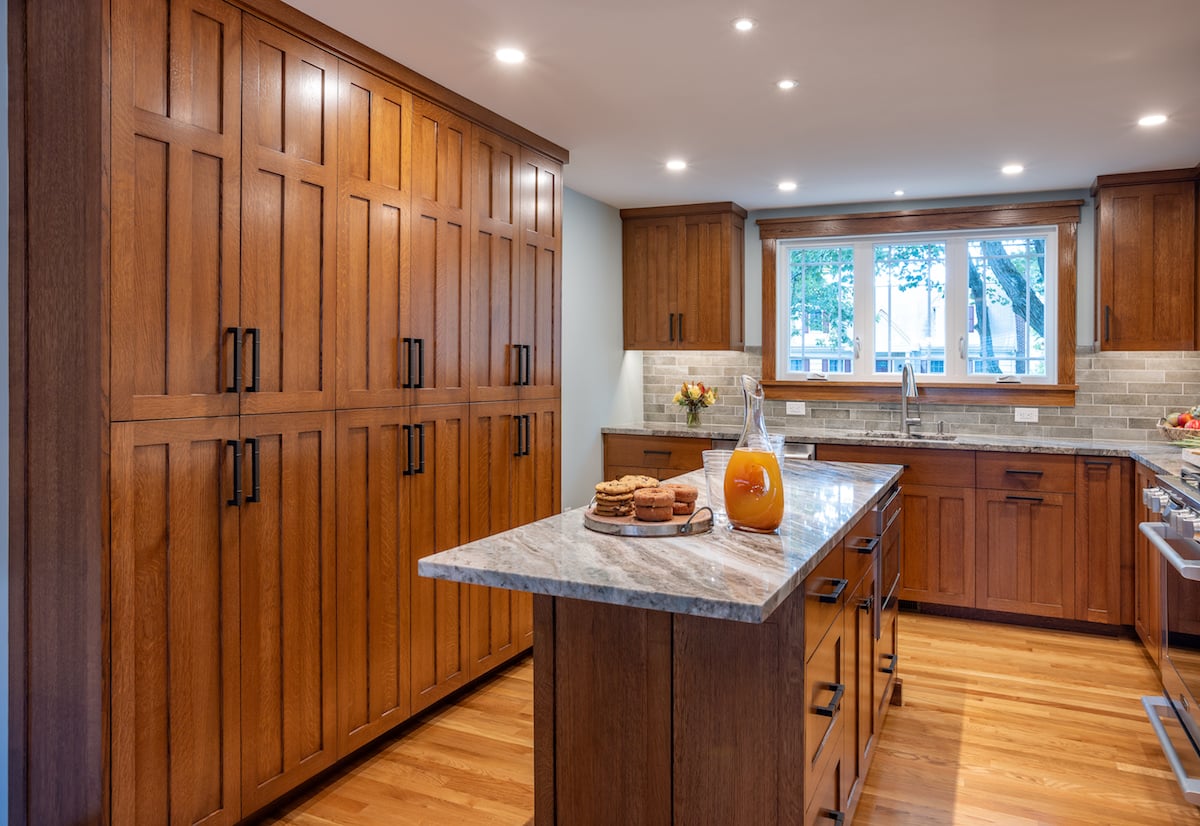
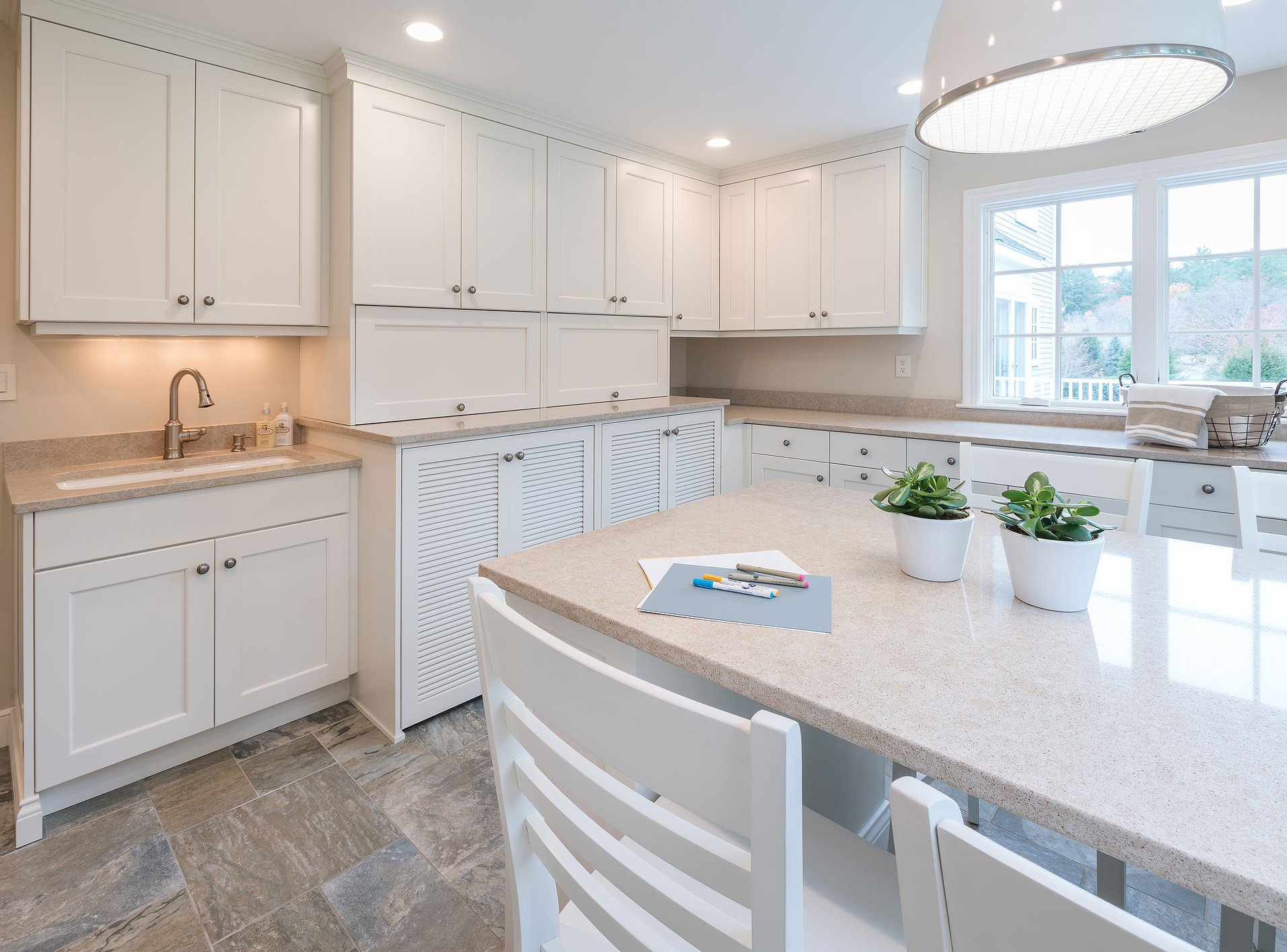
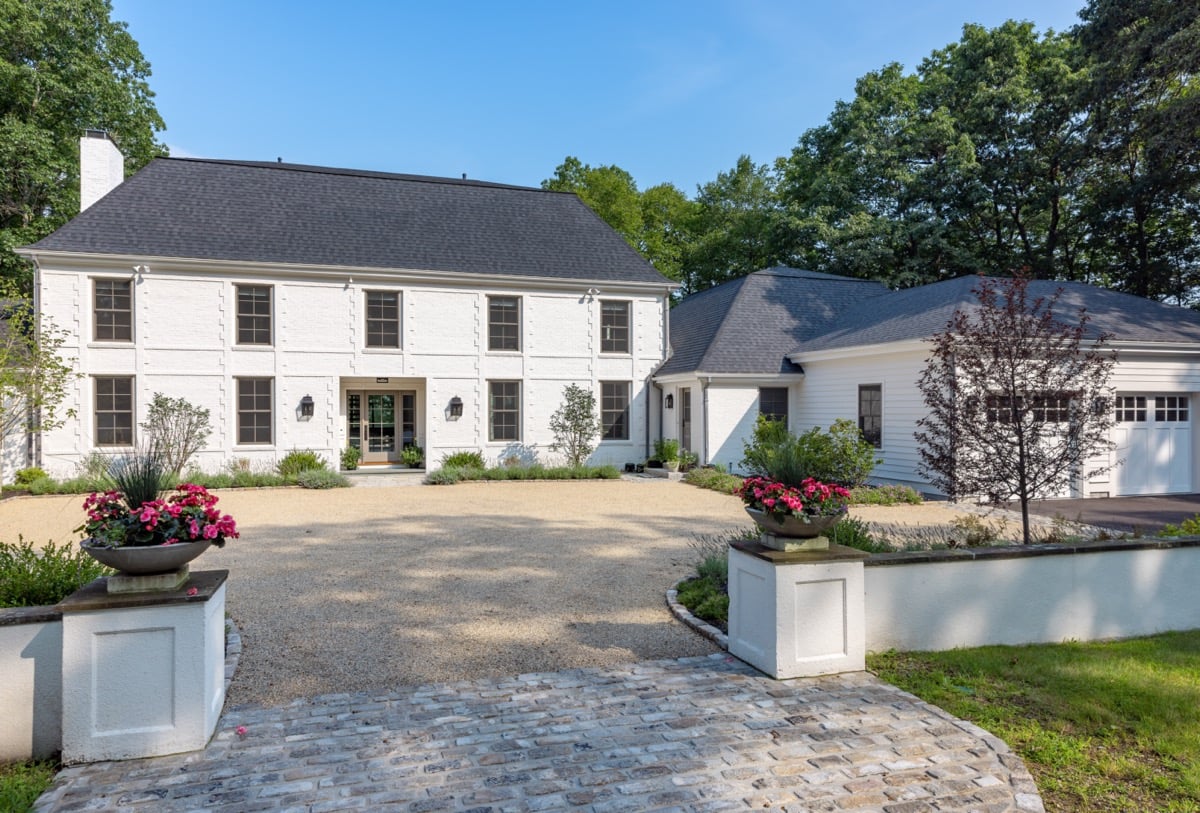
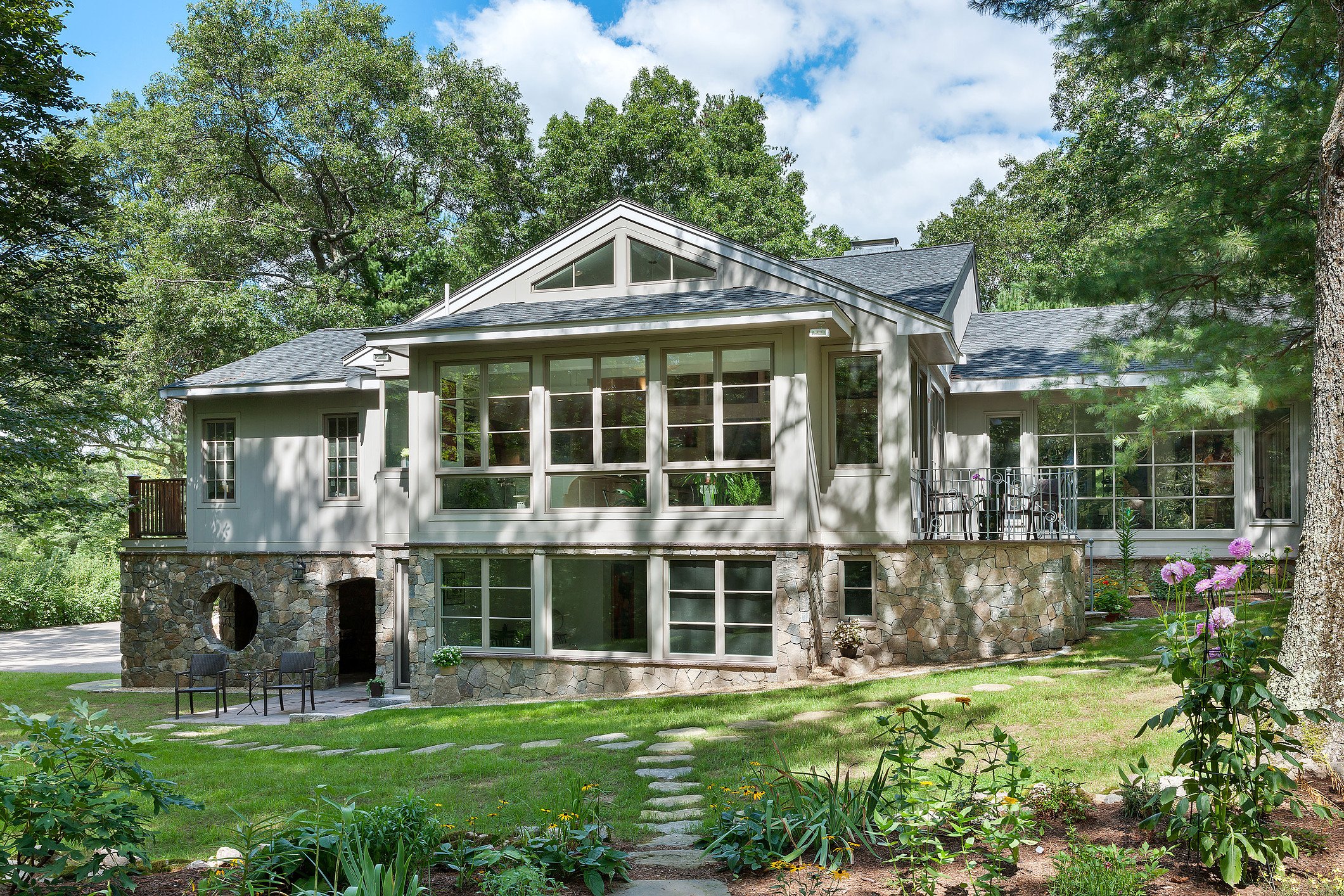
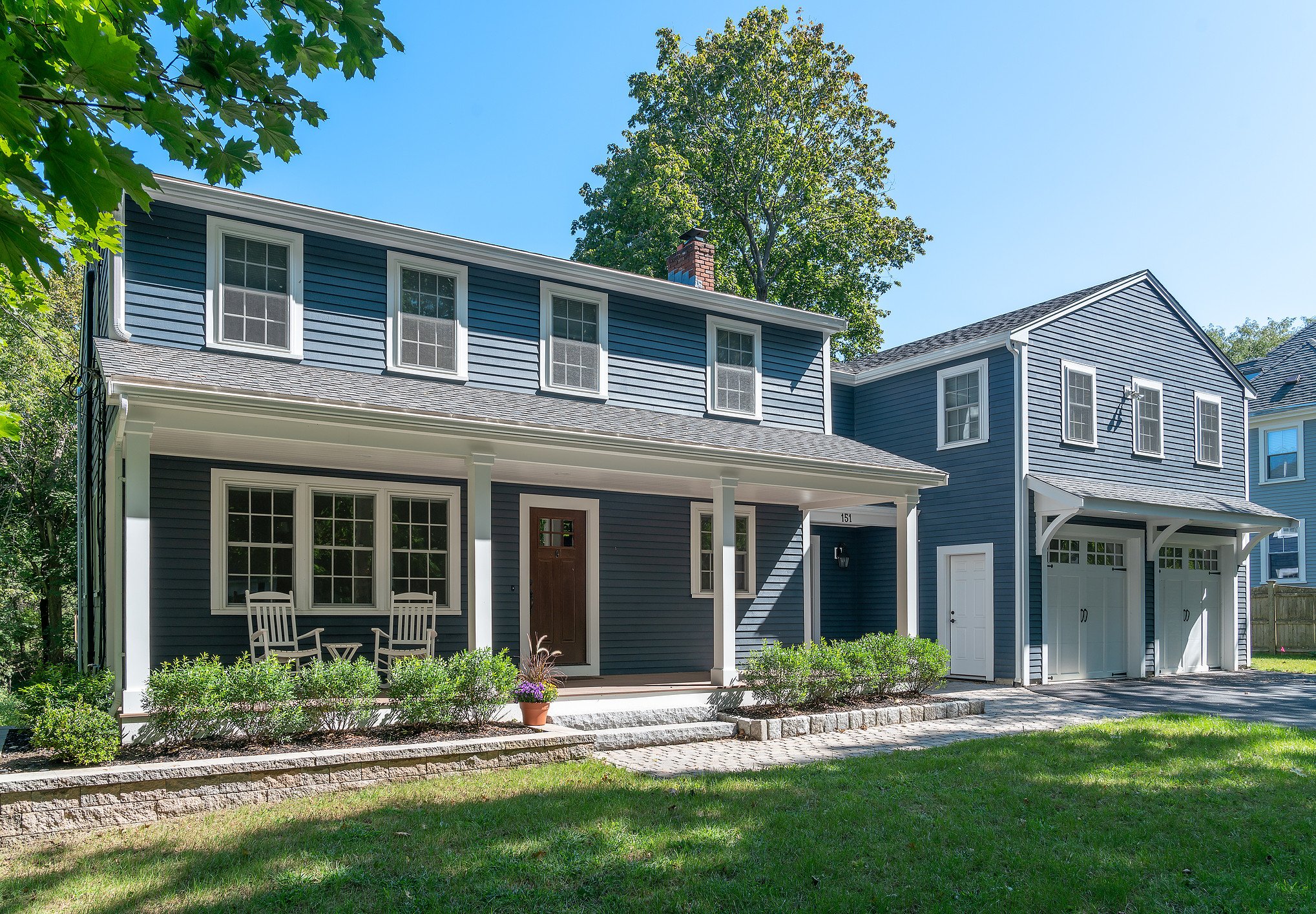
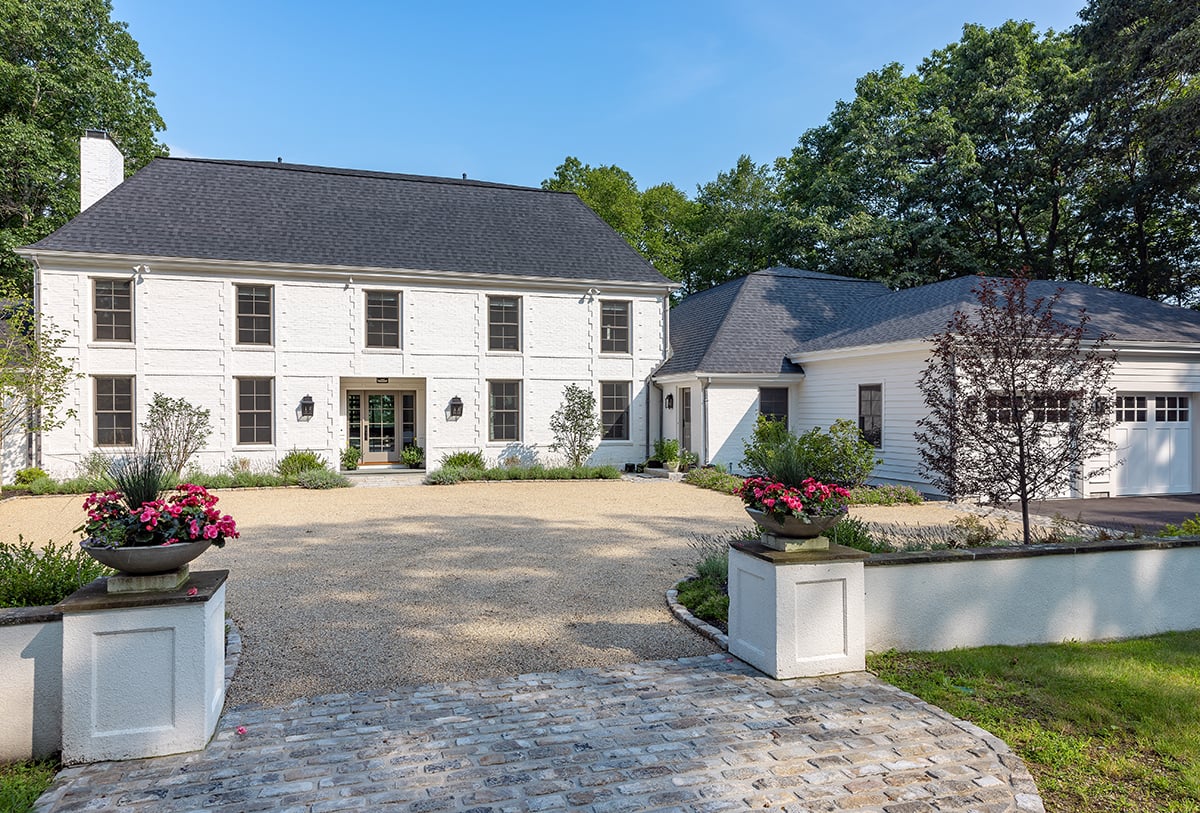
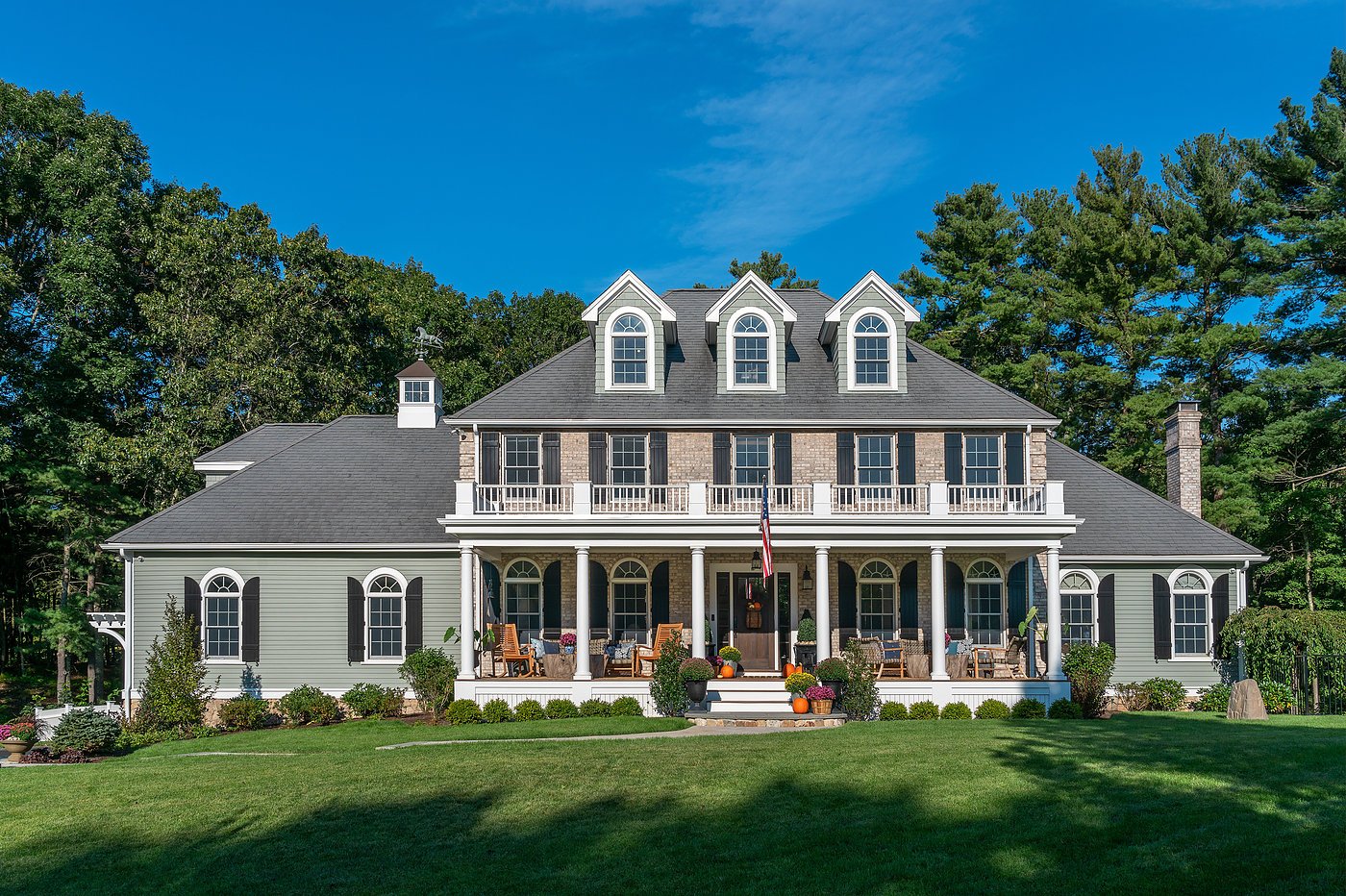
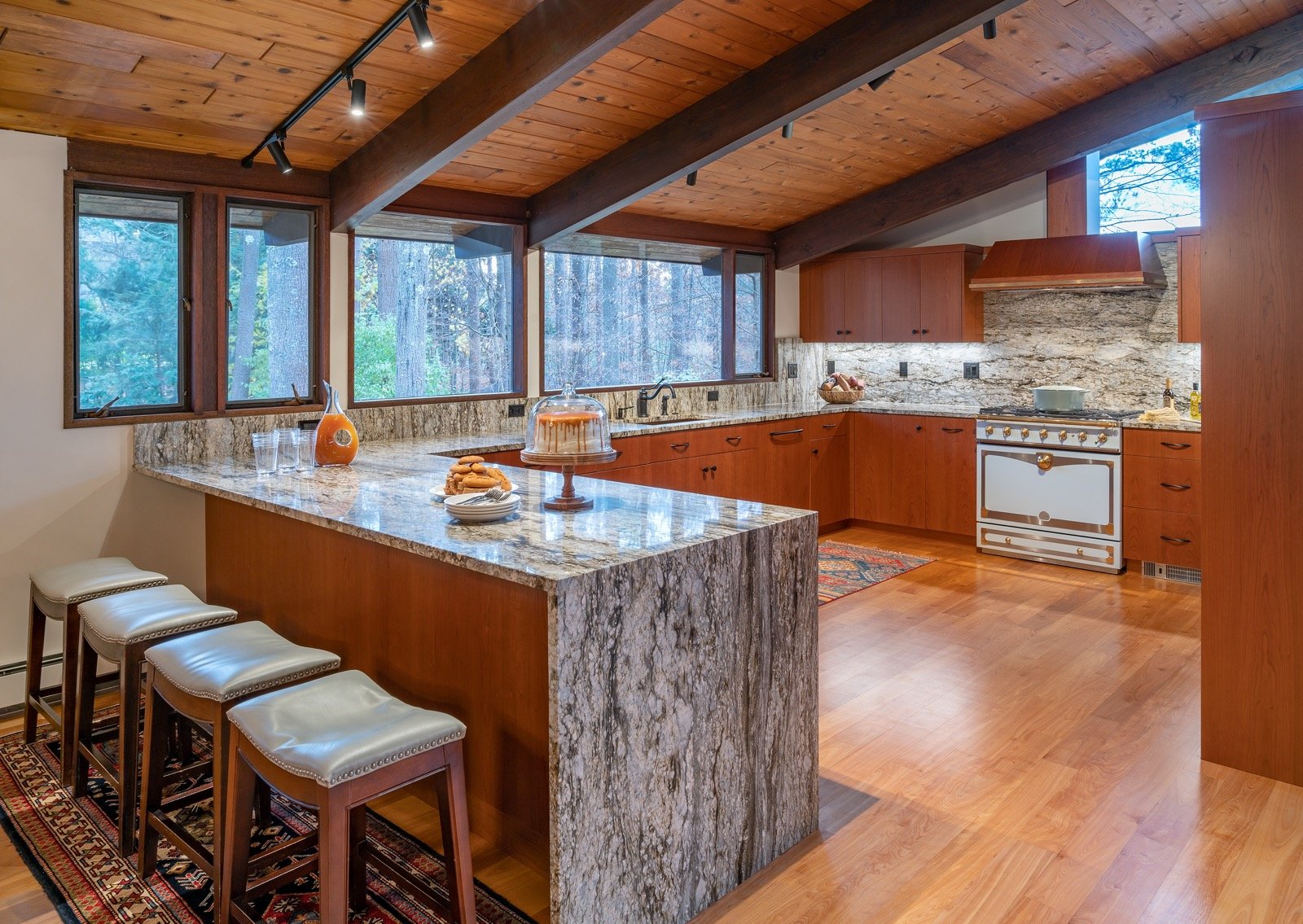
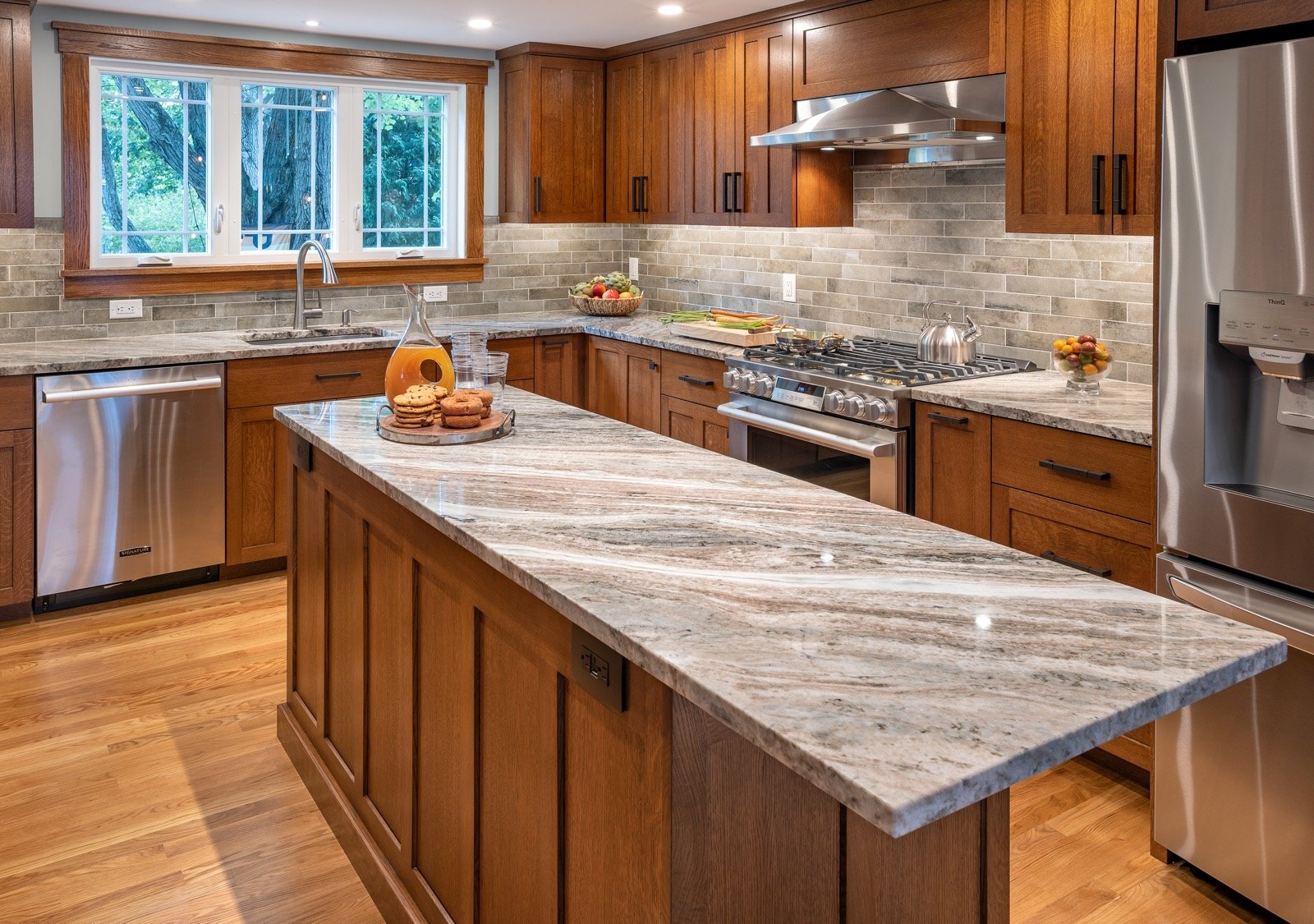
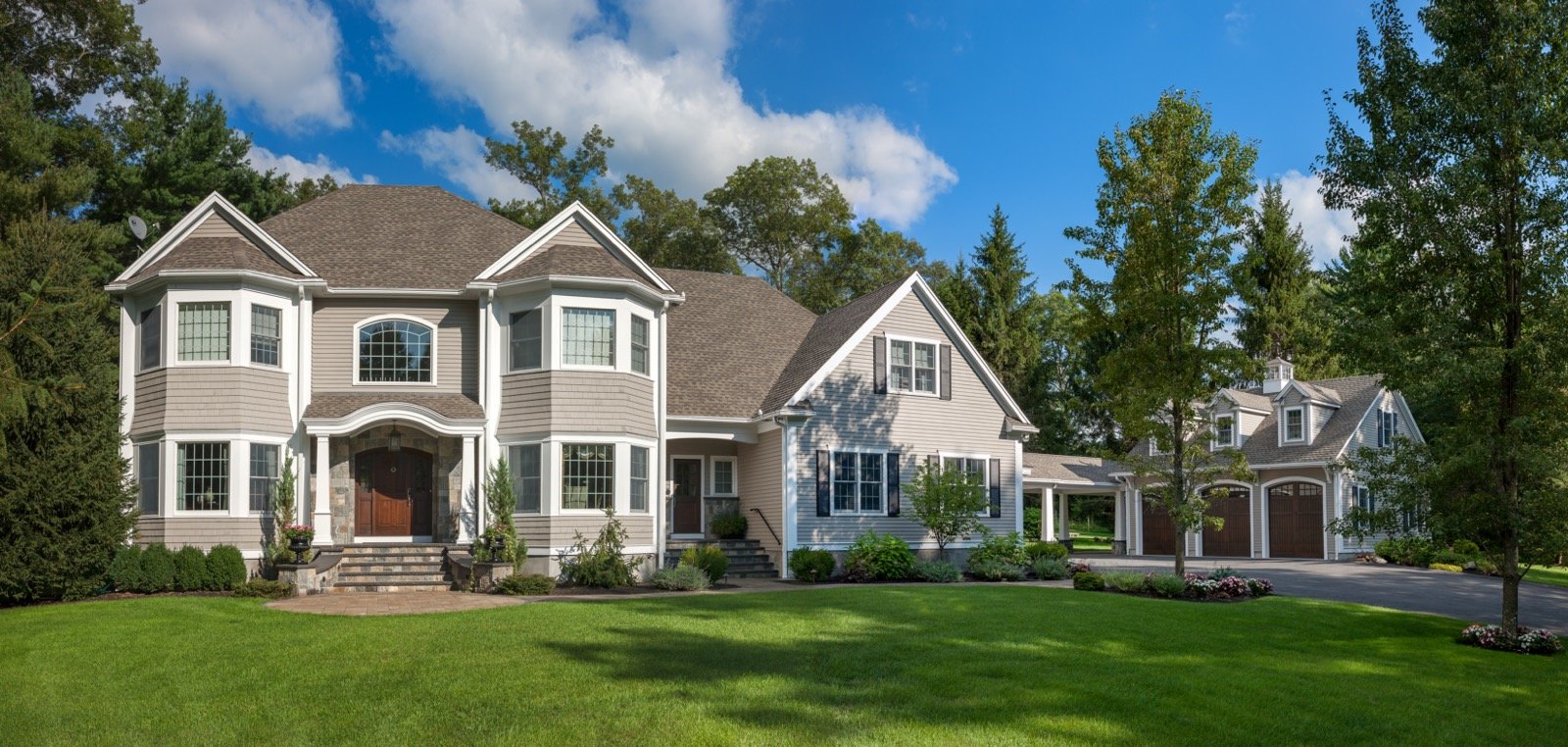
Leave a comment